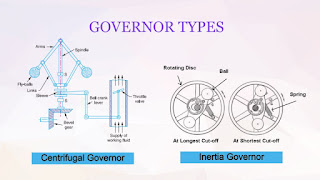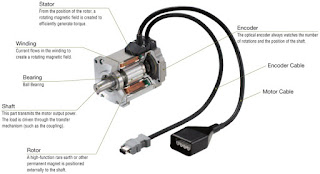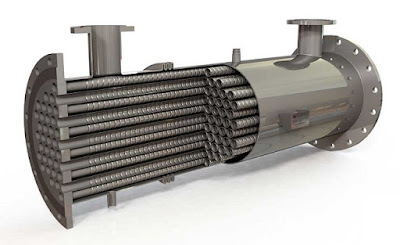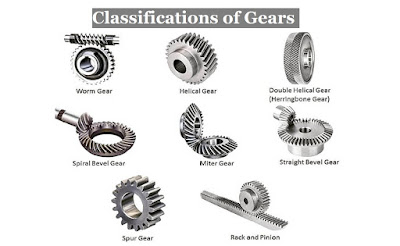If you’ve ever taken a sip from a glass of water that came from the home of someone with a reverse osmosis system, you know how pure and refreshing it tastes.
Or, perhaps you have concerns about water quality and want to make sure your family is drinking healthy water that reduces contaminants as much as possible.
Reverse osmosis (R.O.) drinking water truly is the purest choice for any home. It’s water the way nature intended us to drink it.
But how exactly do these systems work, and what do they do to your home’s water?
What is Reverse Osmosis?

Osmosis is defined as the process of molecules passing through a semi-permeable membrane from a less-concentrated solution into a more-concentrated solution.
An example or osmosis from nature is the roots of plants drawing water from the soil.
Reverse osmosis is simply the opposite of that process.
The Reverse Osmosis Process

Molecules are forced through a semi-permeable membrane to form a less concentrated solution. Essentially, the membrane acts like a type of filter as it has extremely tiny pores that help remove microscopic contaminants from the water you drink by straining them out.
In the case of reverse osmosis drinking water systems, the semi-permeable membrane only lets water molecules through while other contaminants are collected and flushed away.
How Reverse Osmosis Filtration Works
There’s a bit more to the process when using a reverse osmosis system to purify drinking water.
If you’ve ever seen an R.O. system, you’ve likely noticed the three cylindrical canisters on a manifold. One of these is the membrane and the other two are carbon filters. Let’s take a closer look at what each of these cartridges do.

Step 1: Pre-filtration
The first step in purifying water with reverse osmosis is meant to protect the membrane. It removes larger sediment, including some dissolved solids, and helps reduce chlorine.
This first cartridge is referred to as the sediment filter or carbon block filter. It helps conserve the membrane, which can get clogged by excess sediment or damaged by exposure to too much chlorine, which you’ll find in municipal water.
Reverse osmosis works best when you start with good water and then make it great. That’s why you should never use a reverse osmosis system with hard water unless it is under 10 grains per gallon.
Step 2: The Reverse Osmosis Membrane
Following the initial filtration comes the real magic of an R.O. system.
Your water is forced through the semi-permeable membrane under pressure. The membrane is a synthetic plastic material that allows the passage of water molecules. However, sodium, chlorine, and calcium as well as larger molecules like glucose, urea, bacteria and viruses cannot pass.
Following Substances can be removed from the Water Completely;
- lead
- arsenic
- copper
- nitrates and nitrites
- chromium (hexavalent & trivalent)
- selenium
- fluoride
- radium
- barium
- cadmium
- cyst (cryptosporidium)
- total dissolved solids (TDS)Steps 3 & 4: Post Filtration and Final PolishBefore your home’s water is ready to drink, it goes through a second carbon filter (or post filter), which removes any remaining contaminants in the unlikely case they slipped past the membrane.Then the water fills up a storage tank where it waits until you’re ready to use it.Finally, there’s the in-line activated carbon filter, which gives your water one last polish as it comes out your faucet. This is used to remove any remaining odors or flavors that may come from the system hoses or the holding tank.The polish is a “just in case” step to make sure the water you drink tastes incredibly fresh!Is Reverse Osmosis Drinking Water Right for Your Home?Soft water is excellent for cleaning, showering, and laundry. However, some people would rather not drink it. Depending on how hard your water is to start with, it could still have high total dissolved solids (TDS), which can negatively affect the taste. That’s because the hard minerals are replaced by sodium, and there may be other contaminants in your water that a softener will not remove.A reverse osmosis system can remove that sodium along with other contaminants and dissolved solids, which makes a water softener and an R.O. system an ideal combination for most homes.When you install a reverse osmosis system, you’ll enjoy better-tasting coffee and tea, clearer ice cubes, and pure, healthy water right from your kitchen sink. If you’re still using bottled water for drinking, you’ll be making a smart investment that saves you money in the long run and is better for the environment.

















Admiring the time and effort you put into your blog and detailed information about RO water purifier work. Thanks for sharing. water purifier in Kenya
ReplyDeleteit’s very nice blogRO Cover online
ReplyDeleteI'm very impressed with your ideas that are really amazing. You have good knowledge of this. Keep sharing your things with us. San Antonio water softener company
ReplyDeleteVery nice post here thanks for it,, Welcome to Padmazon also hereby known as “we", "us" or "Padmazon". We are an online marketplace and these are the terms and conditions governing Online Shopping in Bangladesh.
ReplyDelete